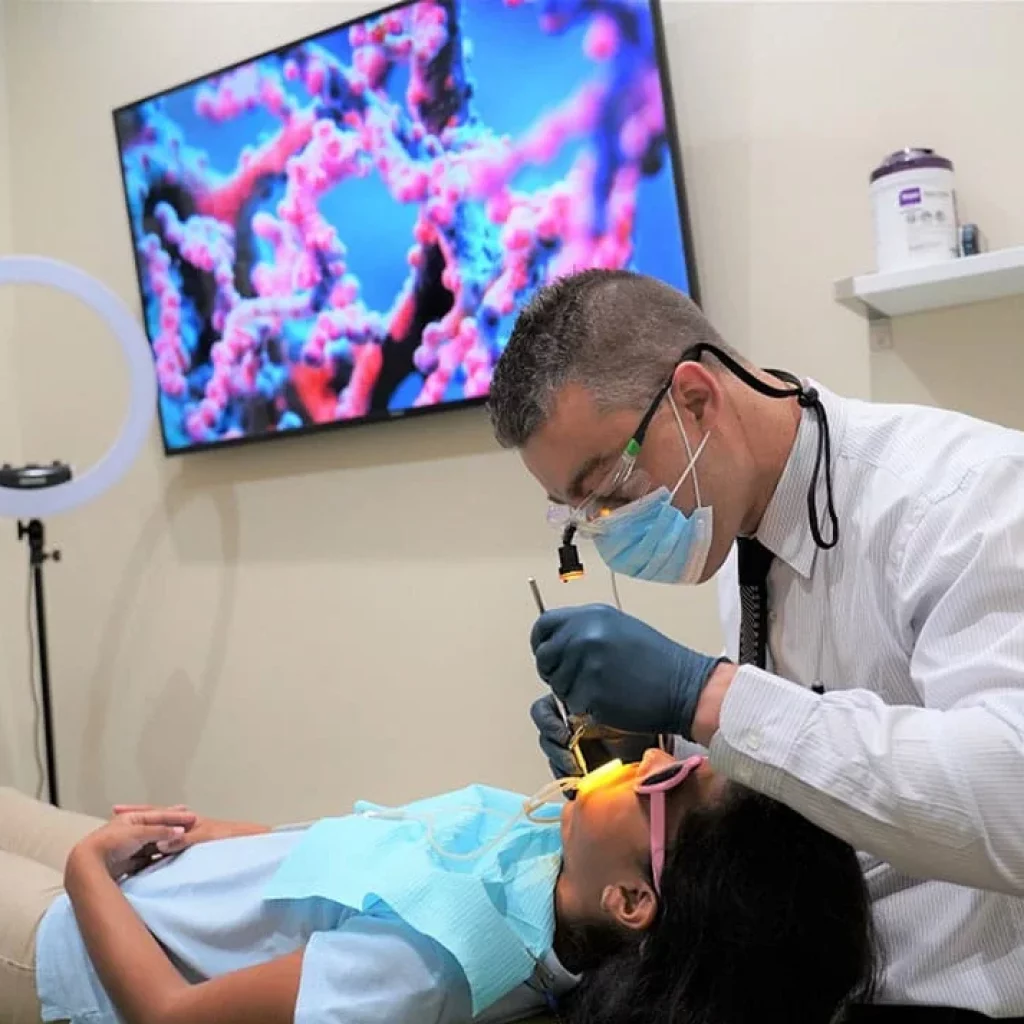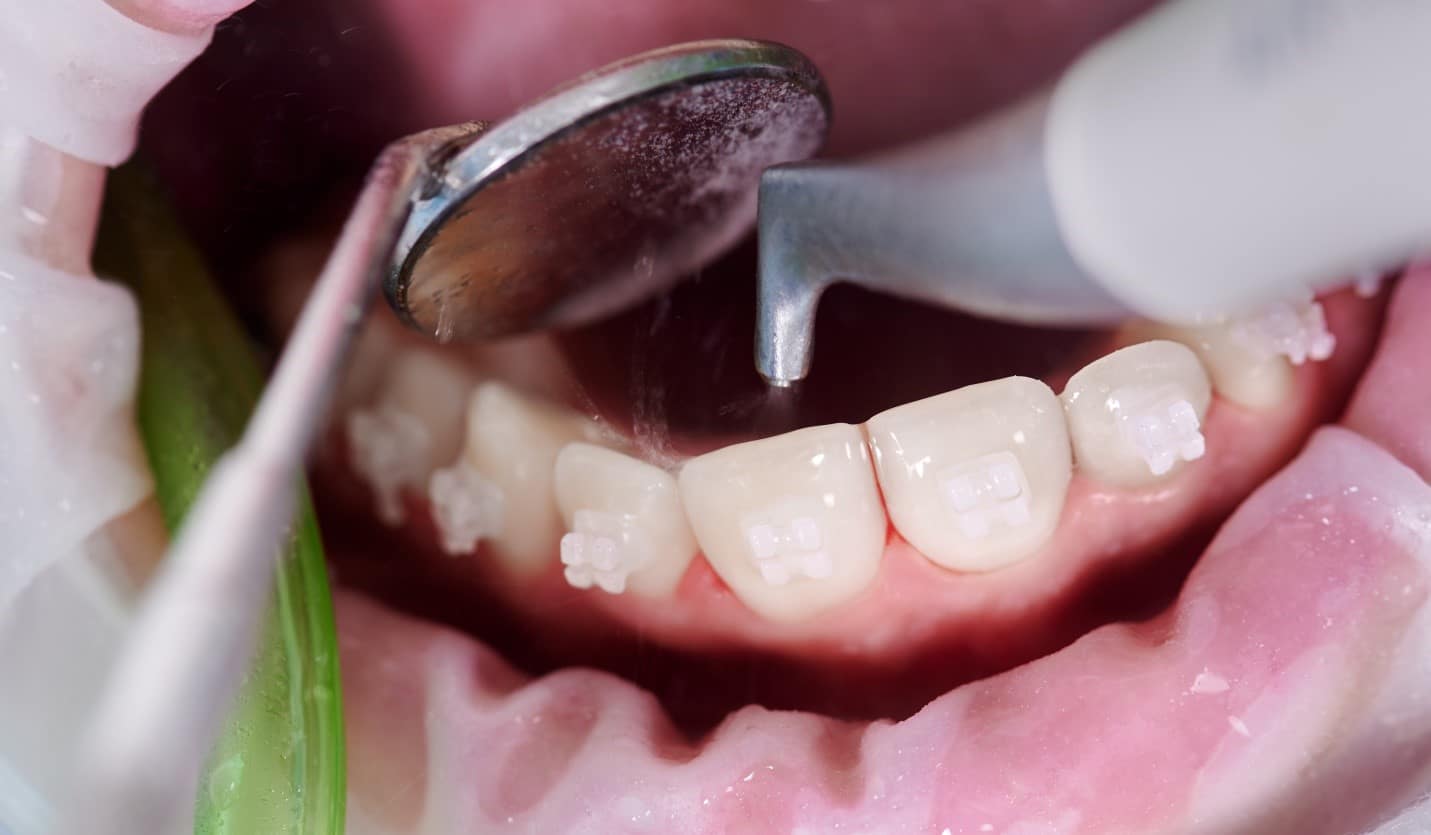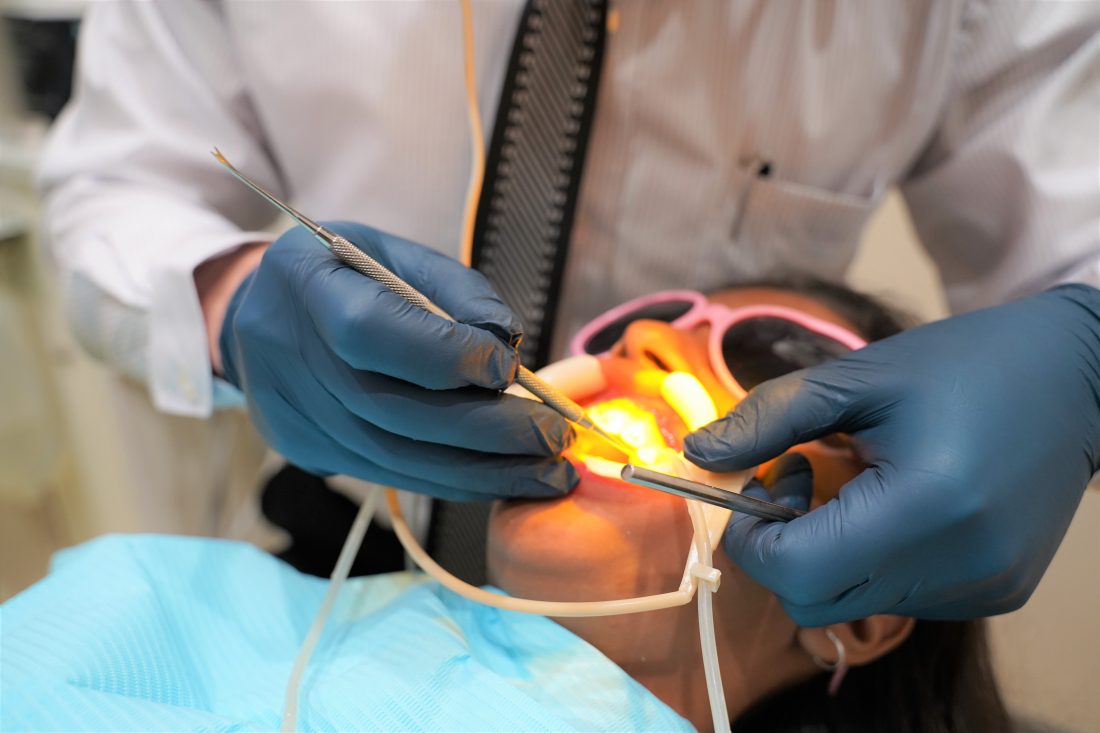Are you someone who is looking for the perfect smile by adjusting the braces?
It's common for teens and adults to avoid braces because they find the wires and brackets distracting or unattractive. If you don't want to wear metal braces on the front of your teeth, lingual braces miami is the option you need to consider. Lingual braces are similar to traditional braces.
Then you should go with the option of lingual braces.
Lingual braces provided by biscayne park orthodontist can correct the alignment of the teeth by giving you a happy and cheerful smile. Lingual braces components are the same as conventional braces, but this can be fixed on the backside of your teeth.
What are the pros of the Lingual Braces?
Lingual braces have some props that will help you understand why these braces are in significant demand. The advantages of these are:

- These braces are virtually invisible that will not make you feel embarrassed.
- These braces are more effective regarding the problem of bite treatment.
- These braces have the advantage of customization, which will increase comfort,
- This will also boost your confidence by providing the invisible treatment for the alignment of the teeth.
Difference between Traditional and lingual braces :
They are called traditional braces because they have been around for decades and have stood the test of time. Aside from being orthodox, they have proved to the public their purpose.
Traditional braces are worn with brackets and wires on the front of your teeth. It has become more known because of the modern developments in its design. Experts have also made it possible to create small and sleek appearing braces that can avoid protruding lips and damage to the cheeks.
The significant difference between these two is that the brackets and wires are installed at the back of the teeth, making them invisible every time you smile. The cost is more as compared to other treatments. While they are similar to conventional braces, they must fit on each tooth perfectly, which can increase the cost of the lingual braces.
The other reason for the increment in the cost is also the customization; these braces are customized according to the client's preferences and demands. The period of the traditional braces is more extended than the lingual braces. But affordable braces Miami offers services for the application of lingual braces at very cost-effective prices.
When we talk about comfort then, there is also the difference in the application; the lingual braces are applied on the back side of the teeth, while the traditional braces are used on the front side.
When we talk about comfort in this situation, the lingual braces give more comfort as these are not visible, leading to ease when the person is talking or laughing in the audience.
These are the significant differences that can be relatable between lingual and then traditional braces.

Summing it up :
If you are suffering from conventional bad-looking braces, then lingual braces can assist you with the invisible look. Also, it provides better comfort, and hardly people can notice you.
Lingual braces are permanent and work on both minor and severe cases; moreover, Invisalign treatment is more costly than lingual braces.
You should also book an appointment with the orthodontics specialists of Florida, who can guide you with their experience on lingual and traditional braces.
Article source : https://www.tcdpost.com/what-is-the-difference-between-lingual-and-traditional-braces/
Do you know that regular dental cleaning is different from deep cleaning? Both cleaning procedures are conducted at the doctor's clinic with the minor difference deep cleanings are more complex than routine cleanings.
All teeths and above gumline areas are covered under regular cleaning. One should visit a dentist for invasive cleanings every six months as it helps maintain good oral hygiene. While, Deep cleanings cover hard-to-reach areas like the pockets and the roots where plaque or tartar is collected, which can enhance the chances of bacterial infections. Deep cleaning is also known as scaling and root planing.
What is Deep Dental Cleaning?
So, you're probably wondering what deep dental cleaning is. Well, my friend, it's like giving your teeth a spa day.
A deep clean is when a dental hygienist or dentist goes to town on your pearly whites and removes all the gunk that's been building up over time. We're talking about plaque - that sticky layer of bacteria that loves to hang out on your teeth and cause trouble.

Even though you brush and floss every day like a champ, there's a chance that some plaque will stick around and cause problems. And that's where the deep clean comes in. You can reduce gum soreness and restore health by removing all that gunk. Plus, you'll be able to confidently flash those teeth, knowing they're looking and feeling their best.
Gum disease is no joke, my friend. If you let plaque and tartar build up over time, it can lead to severe problems like gingivitis and even periodontitis.
What are the advantages of deep dental cleaning?
- This procedure can stop your gum disease from enhancing
- This can treat your infection and cause healing
- This procedure will provide deep teeth cleaning above and below the gum line.
- It will help you remove bad breath which is caused by gum disease
- Hence it will protect the roots and base of your teeth.
What are the disadvantages of Deep Dental Cleaning?
Here are some of the disadvantages of deep cleaning teeth.
- Little discomfort and sensitivity
- Can induce gum recession
- A stake of infection after the process
- Rarely a hazard of nerve damage.

After how much time you should book the session?
The frequency of deep dental cleaning sessions depends on the individual's oral health needs. Typically, it is recommended to get a deep dental cleaning every six months to maintain good oral hygiene.
However, some individuals with a history of gum disease or other oral health issues may require more frequent cleanings every three to four months. It is essential to discuss with your Miami children dentist or hygienist the recommended frequency for your specific oral health needs. They will evaluate the health of your teeth and gums and recommend the appropriate interval for deep dental cleanings to keep them healthy.
Winding it up :
We hope you liked this article and now know the advantages and disadvantages of deep dental cleaning. The procedure involves root planing and scaling, which can cause minor discomfort in your mouth. Still, your orthodontist in Hialeah will inject you with Sedation to relieve further pain and pressure in your mouth during the procedure, and Sedation will help numb your mouth and gums.
Article source : https://www.vetteblog.com/what-is-deep-cleaning-and-its-advantages/
Permanent retainers keep your teeth in position after your orthodontic treatment is completed. Retainers have many different names, like bonded or fixed retainers. A permanent or fixed retainer is a thin metal wire connected to the back of your teeth to keep your teeth straight. The permanent retainer is not visible as they are at the back of your teeth using a composite material the dentist set in place with a special light.
It is necessary to wear them when your braces come off. Your teeth can shift naturally, so wearing a retainer is essential for people who have worn braces. Proper retainer wears not only prevents your teeth from moving but also helps with preventing gaps and even crowding.
What is a Permanent Retainer?
A permanent retainer is a fixer that involves a metal bar or wire holding your teeth in their position where they should be and preventing them from moving and shifting after the orthodontic treatment.
Therefore, when your teeth are well-aligned with the orthodontic treatment, the retainers are typically used after removing braces. It helps prevent problems such as gapping or crowding. These retainers are fixed to the inside of the lower front teeth because they have the smallest, minor roots, and they can shift over time due to their smaller bases. Once a permanent retainer is set to your teeth, it will not come out unless there is some problem. Only a professional orthodontic specialists of Florida can remove permanent retainers.

How Long Will You Need To Wear Permanent Retainers?
Once your braces treatment is done, you need to wear retainers. Your teeth can move slightly even after they are shifted to their places after the braces treatment, and the retainers help to keep that straightened teeth in place.
Wearing a retainer depends on the patient's age, but usually, you need to wear them for 5 years. Consult with your best orthodontist near me for more information.
How Do They Benefit Your Teeth?
These are the benefits that the retainer provides:
They Make Your Bite Stable:
When your braces are removed, the soft tissue and bone surrounding your teeth need time to adjust to the new tooth area. Once they have gradually reached their new position, there are chances of recurrence or teeth shifting out of place again.

They save room for new teeth and wisdom teeth:
Preteens and teenagers, whose bodies are still evolving, are most likely to use braces. Hence, they will wear dental retainers when their wisdom teeth erupt. When they wear the retainer religiously, the space in their jaw required to accommodate new teeth, such as wisdom teeth, will be preserved. Using retainers regularly prevents the teeth from gaps, shifting, or crowding.
They Avoid Receiving Care Reversal:
The teeth will return to their original positions in the months after the braces are removed. The reverse can be avoided with a retainer. Depending on your situation, you can wear a retainer for a few years or ask your North Miami Beach orthodontist.
Your jaw bones and gums are in line with them:
The gums and bones surrounding your teeth will take longer to adjust as your teeth are moved into a new place. Retainers help in quickening bite stabilization and alignment.
In Conclusion:
Permanent retainers must be worn by a person who had braces treatment. Talk to your dentist about permanent retainers, contact orthodontist Hollywood and book an appointment now!
Article source : https://www.shoutarticle.com/why-are-permanent-retainers-needed-after-an-orthodontic-treatment/





